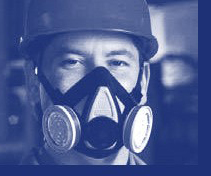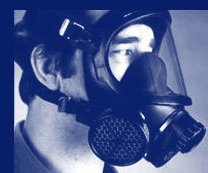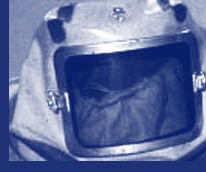- Homepage
- Departments
- Occupational Safety & Risk Management
- Industrial Hygiene & Occupational Safety
- Selection Guidelines
Selection Guidelines
- Pest Management
- Fire Plan Review and Inspection
- Building Codes Enforcement
- ADA Assessment
- Applicable Building Codes
- Building Emergency Coordinators
- Certificate of Completion or Occupancy
- Chartfield Form Codes Permits
- Inspections
- Permit Application Process
- PERMIT APPLICATIONS AND FORMS
- Permit Fee Schedule
- Permit Instructions
- Plan Submittal Guidelines
- Temporary Structures on Campus – Including Tents
- Insurance and Risk Management
- Occupational Medicine
- Industrial Hygiene & Occupational Safety
- Ergonomics
- Camps
- Drones/UAS
- Building and Contents
- Boating & Dive Safety
- Automobile
- Report Lab Closeout
- Radiation Safety
- Hazardous Waste Management
- Gator TRACS
- Chemical and Lab Safety
- Standard Operating Procedures
- Signage & Stickers
- Safety Surveys
- Peroxide Forming Compounds
- New Labs, Moving Labs & Closeouts
- Nanoparticles
- Minors and Visitors in the Lab
- Lessons Learned
- Lab Ventilation
- Lab Safety Manual
- Lab Safety
- Hydrofluoric Acid
- Greenhouse Safety
- First Aid Kit Info
- Equipment Purchase Approval
- Equipment Decontamination
- DEA – Controlled Substances
- DBPR – Pharmaceutical Products
- Cryogens
- Compressed Gas
- Clinic Safety
- Chemical Storage and Management
- Chemical Spills
- Chemical Safety Information
- Chemical Safety
- Chemical Inventory
- Chemical Hygiene Plan
- Chemical Exposures
- Acids That Deserve Special Attention
- Biological Safety
- Vaccination Policy for Research Personnel
- Shipping and Transport of Biological Materials
- Select Agents
- Research Involving Flying Insects
- Recombinant & Synthetic Nucleic Acids
- Plant Research
- NIH Guidelines Flowchart
- BloodBorne Pathogen Program
- Biohazardous Waste Disposal
- Biohazard Project Registration
- Autoclaves
- Acute Biological Toxins
- Animal Research Safety
The following information provides only a brief summary of the respirator selection process. For more information, contact the EH&S Respiratory Protection Program Manager at 352-392-1591.
The first step in selecting the appropriate respirator is to identify the activity or process the individual will be engaged in. The concentration of the air-borne contaminant should be determined either through exposure assessments using air sampling methods or by making a reasonable estimate of the concentration encountered in the work area. These results are then compared to established “safe levels of exposure” using published exposure limits and guidelines.
Additional steps in the process include:
- Assessing the respirator’s assigned protection factors
- The time the wearer will spend using the respirator
- Researching existing standards for a chemical that may require a specific type of respiratory protection
- The atmosphere the respirator will be used in (e.g. oxygen deficient)
- The physical and filtering limitations of the respirator





